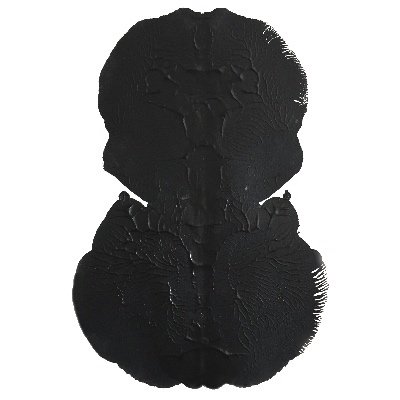Show pieces, Concert Etudes, and Caprices, are considered the territory of the violin virtuoso. This repertoire is not for the faint of heart! Much of this music, in fact pretty much all of it was written by violinists in need of beefing recital programs and enticing audiences to marvel at their abilities. Back in the old days (think centuries ago) if you wanted to be a successful touring virtuoso you could't just play music that already existed. Instead, it was in your best interests to compose your own music, create your own image and sound and showcase your strengths and abilities.
A Caprice or Concert Etude is defined as a particularly brilliant instrumental composition evolved from a single technical motive. This technical motive could be something for the left hand like fingered octaves, 10ths, lift hand pizzicato, chords, the use of extremely high positions, dramatic leaps etc. OR they could be for the bow and right hand. Sometimes, in the really high level repertoire they deal with a specific combination of left and right hand technical wizardry.
A show piece was often a character piece, a brief composition based on a well known theme, song or a transcription of a piece not originally composed for the violin.
Centuries ago violinists didn't perform Brahms, Bach, Mozart, Paganini, Vivaldi etc. the way we do now. Entire recitals were not filled with the music of others or music from the past. Violinists wrote music for specific reasons - to teach, to showcase, to self promote, to astonish, and to capture the full potential of the instrument. In this post there will be tons of videos, and recordings, a little bit of lore and some fun stories I've picked up from various masterclasses and teachers. Prepare to indulge in some amazing music and spectacular violin playing!
We will start this conversation in the late 18th century with Paganini. Paganini is one of the most famous violinists to ever live. He was a real trailblazer on the violin and was the first to push the potential of the instrument to the absolute limit (or at least what was considered the limit in his time). In fact, there is a book titled Violin Virtuosos: From Paganini to the 21st Century by Henry Roth that evaluates each violinist, as they compare to Paganini. His basic question is: Is Paganini the best violinist to ever live? Who is the best violinist of all time? The Bios for each paint a great picture of the variety of personalities, that attain superstardom on the violin. Not all virtuoso violinists were composers as well. In fact, as time goes by fewer and fewer performers compose music - seemingly because they became more and more consumed with the demands of performing.
Niccolò Paganini was a violinist, violist, guitarist, composer and celebrity personality. Originally from Italy, he toured all over Europe as a performer. In my post on the violin concerto I talked briefly about Paganini and his contribution to the concerto genre but here we can expand on that. Paganini had Marfan Syndrome, as did Abraham Lincoln. It is a disease that effects connective tissue in the body. Paganini had long slender fingers and extremely flexible joints, due mostly to his condition and this allowed him to explore the violin in ways that previously had not been explored. Many a virtuoso have anchored their career on their ability to champion the 24 Caprices and some see his music as the pinnacle of all violin repertoire. You can hear Itzhak Perlman play all 24 below.
The 24 Caprices are generally not studied until the student has a firm grasp of the instrument and are often the last Etudes or Caprices that a violinist learns. Sally O'Reilly once said she does not teach these to any student who does not have a high level instrument and bow otherwise it is virtually impossible to play them successfully.
